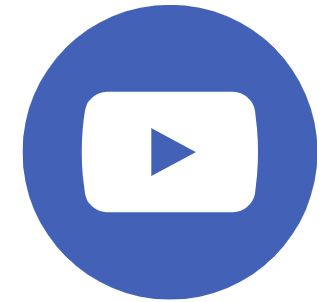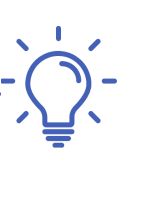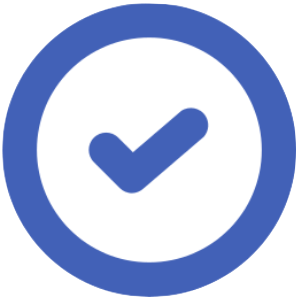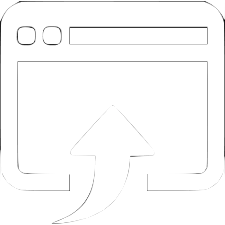 YOUTUBE VIDEO:
https://www.youtube.com/watch?v=__0Spwj8DkM
YOUTUBE VIDEO:
https://www.youtube.com/watch?v=__0Spwj8DkM
 Circular Economy ESL Lesson Description
Circular Economy ESL Lesson Description
OBJECTIVE & OVERVIEW
This circular economy ESL lesson plan provides activities, PDF worksheets, and digital materials designed for upper intermediate B2 students. In this lesson, students will:
- Compare and discuss the circular economy and linear economy
- Learn vocabulary related to the circular economy
- Watch a news report video about the circular economy
- Learn some different functions of the prepositions “by” and “over”
- Come up with a plan to develop a business plan to transition to a circular economy
PREVIEW & DISCUSSION
In this lesson plan on the circular economy, students start by analyzing images depicting the linear and circular economies. They compare these economic models using verbs like make, use, return, dispose, and take to understand how resources flow and are managed differently in each system.
Students then discuss the benefits of circular economies for companies, consumers, and governments. They explore ways in which entities can promote or participate in circular economy practices and debate whether there exists a moral obligation to do so.
Finally, students categorize characteristics that distinguish linear from circular economies. They consider factors such as resource sustainability, product life cycles, and supply chain redesign implications, aiming to grasp the operational and environmental impacts of each economic approach.
VIEWING ACTIVITY
In the second part of this ESL lesson on the circular economy, students watch a news report video about the circular economy. In the video, a reporter discusses what the circular economy is, its benefits, and some challenges for implementing this type of economy.
In the first listening activity, students discuss or take notes on how a light bulb company operates in both a linear and circular economy.
In the next activity, students answer a few short questions about the video.
The viewing activity concludes with students choosing the challenges of transitioning to a circular economy that are mentioned in the video.
DISCUSSION & GRAMMAR
After students watch the video, there are a few discussion questions about the music video.
The next part of the lesson is focused on the prepositions “by” and “over” used in the following ideas discussed in the video.
- Over the past 5 years, H&M has gathered over 55,000 tons of fabric to reuse for new garments.
- One report estimated a shift toward the circular economy in the EU could increase GDP by an additional 12 percentage points by 2050.
The next part of the lesson is focused on students using these prepositions in the context of a company chief sustainability officer talking about how to create a circular business model.
CIRCULAR ECONOMY INITIATIVE
Option A of this ESL activity has students or pairs choosing a company type (like furniture, automobiles, electronics) and devising plans for transitioning it to a circular business model. They discuss or write their strategies on a planning board, then present their plans to the class or teacher, emphasizing timelines and strategies using prepositions like "by" and "over."
Option B allows students to select and discuss questions about the circular economy with a partner or teacher. Questions cover topics such as challenges in implementing circular models across industries, the future of the circular economy, changes in sustainability awareness, practical waste reduction strategies, and specific steps companies can take to transition to circular models by 2030.
BENEFITS OF USING THIS CIRCULAR ESL LESSON:
Comparative Analysis:
Students engage in comparing and contrasting linear and circular economies, enhancing their understanding of resource management and sustainability practices.
Vocabulary Development:
Activities focus on learning vocabulary related to the circular economy, helping students grasp key terms and concepts.
Real-World Context:
Watching a news report video provides students with real-world examples and current issues in the implementation of circular economy principles.
Critical Thinking:
Discussions on the benefits of circular economies encourage critical thinking about environmental and economic impacts on companies, consumers, and governments.
Ethical Considerations:
Debating the moral obligation to adopt circular economy practices promotes ethical awareness and responsible decision-making.
 Video Description
Video Description
 Lesson Activities
Lesson Activities
Circular & Linear Economy
Circular & Linear Economy Activity, Short Answers, Challenges of implementation
Images, Circular / Linear Economies
Prepositions: By / Over
Circular Economy Initiative, Quiz & Review, Lesson Reflection
 Lesson Topics
Lesson Topics
Circular Economy


 Like us on facebook
Like us on facebook
